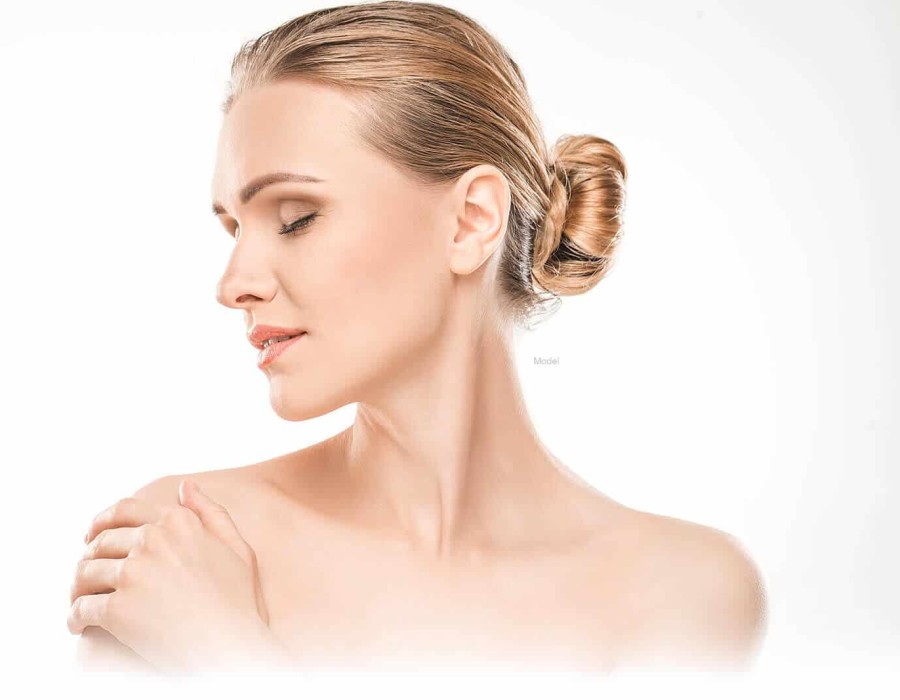Rhinoplasty, commonly referred to as a nose job, is a highly customizable procedure aimed at improving the appearance and function of the nose. The decision to undergo rhinoplasty is often based on both aesthetic and functional concerns. However, not all rhinoplasty(تجميل الأنف) procedures are the same. There are different techniques used to achieve specific results, and understanding these methods can help individuals make informed decisions about which one is best for their needs. In this article, we will explore the main types of rhinoplasty techniques and their respective benefits.
Open Rhinoplasty: Precision and Access
Open rhinoplasty is one of the most common techniques used in nasal surgery. This method involves making a small incision across the columella, the strip of tissue that separates the nostrils, allowing the surgeon to lift the skin and gain direct access to the underlying structures of the nose. This approach provides greater visibility and control, which is particularly useful for patients requiring significant changes, such as reshaping the nasal tip, adjusting the bridge, or correcting structural issues like a deviated septum. One of the key benefits of open rhinoplasty is its precision, making it ideal for more complex procedures. However, it may result in slightly more noticeable scarring, although the scar is typically well-hidden along the columella and fades over time.
Closed Rhinoplasty: Minimal Scarring and Faster Recovery
Closed rhinoplasty, also known as endonasal rhinoplasty, involves making incisions inside the nostrils, which means there are no visible external scars. This technique is often chosen for patients seeking less invasive changes, such as refining the nasal tip or reducing the size of the nose. Since there is no external incision, recovery time is generally shorter compared to open rhinoplasty, and there is less swelling and bruising. The main benefit of closed rhinoplasty is the reduced risk of visible scarring, making it a popular option for those looking for a subtle change. However, this technique offers less access to the nasal structures, which may limit its suitability for more complex cases.
Non-Surgical Rhinoplasty: A Temporary Option for Minor Changes
Non-surgical rhinoplasty, sometimes referred to as the “liquid nose job,” is a minimally invasive procedure that uses dermal fillers to reshape the nose. This technique is ideal for individuals who want to make subtle changes to the shape of their nose without undergoing traditional surgery. Non-surgical rhinoplasty can smooth out bumps, lift the tip, or create more defined contours, all without incisions or anesthesia. The benefits of this procedure include its quick recovery time and the ability to see immediate results. However, it’s important to note that the results are temporary, typically lasting six months to a year, after which touch-ups are needed. Non-surgical rhinoplasty is not suitable for major structural changes but can be an excellent option for those seeking a less permanent and non-invasive approach.
Tip-Plasty: Focusing on the Nasal Tip
Tip-plasty is a specialized form of rhinoplasty(تجميل الأنف) that focuses exclusively on reshaping the nasal tip. This technique can be performed through either an open or closed approach, depending on the extent of the changes needed. Tip-plasty is commonly used to correct issues such as a bulbous, wide, or drooping nasal tip. By refining the cartilage and soft tissue in the tip area, the overall appearance of the nose can be enhanced without altering the rest of the structure. The main advantage of tip-plasty is that it requires minimal recovery time, especially when performed through a closed approach. This technique is ideal for patients who are satisfied with the general shape of their nose but want to make subtle improvements to the tip area.
Septoplasty: Functional and Aesthetic Improvements
Septoplasty is a technique used primarily to correct a deviated septum, which can cause breathing difficulties. In some cases, septoplasty is combined with aesthetic rhinoplasty to address both functional and cosmetic concerns in a single procedure. While the primary goal of septoplasty is to improve nasal airflow and alleviate breathing problems, it can also result in aesthetic improvements by reshaping the nasal passage. The combined approach allows patients to enjoy improved function and enhanced appearance. The benefits of septoplasty include improved airflow, reduced snoring, and a more balanced facial profile. Recovery after septoplasty is generally straightforward, with patients often experiencing improved breathing shortly after surgery.
Conclusion
Understanding the different types of rhinoplasty techniques can help individuals make informed decisions about the most appropriate approach for their needs. Whether opting for open or closed rhinoplasty for structural changes, considering non-surgical options for minor refinements, or focusing on the nasal tip with tip-plasty, each technique offers distinct benefits. Additionally, septoplasty can address functional concerns alongside aesthetic changes, improving both breathing and appearance. By selecting the right technique based on individual goals, patients can achieve natural, lasting results that enhance their facial harmony and quality of life.






Comments